Animals and birds are always depicted on the coins and their usage signifies a certain good omen and makes the coin interesting and beautiful to look at. Many of the ancient Greek and Roman coins have rabbits or hare depicted on them.
Many ancient Greek cities adopted mythical animals as badges or totems. Several cities in "Magna Graecia" (the region of southern Italy and Sicily) adopted the hare as a symbol on their classical-era coinage.
On the silver coin of Anaxilus, after his siege of Rheguim, we find hares depicted as early as 480 BCE. The design of a mule drawn chariot on the obverse and a leaping hare on the reverse introduced by Anaxilus was continued for generations into the classical-era coinages of the Greeks. Neighbouring cities of Messana, Croton, Lokroi also have the images of a leaping hare depicted on their coinage, a possible influence of the coins of Rheguim. A particularly beautiful coin is a magnificent silver decadrachm of Akragas which depicts two eagles perched on a rock, one looking down at the dead rabbit and the other screeching with triumph.
The Iberian Peninsula is called as "Hispania" in roman. It is said that the word Hispania originated from the Phoenician word for "rabbit" because rabbits were so abundant there. The gold, silver and bronze coins of Hadrian, of Hispania who ruled from 117 to 138 CE, have on the reverse the female personification of the province accompanied by a little rabbit at her feet. The legacy of having rabbits and hares depicted on the coins continued with the Romans in the medieval times also.
India too has rabbits depicted on its Punch Mark Coins (PMCs) of Ancient India. Silver karshapanas of various Janapadas like Magadha and Kosala, Silver PMCs of Maruyan dynasty, silver bent bar PMCs from Gandhara and Taxila have rabbits on them.
The tradition of having various animals on the coins is carried from the ancient times into the modern world as well, especially those of rabbits and hares. The most notable being the Irish Republic’s 3 d, issued from 1925 to 1972, and the Canadian centennial 5 c of 1967..
-
Stamps on International Refugee Day
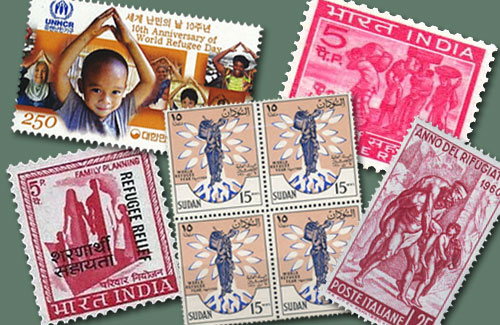
Violence, wars, terrorist attacks and prosecutions have torn the world apart into pieces t...
-
Young Philatelist: Mythical Creatures on Stamps
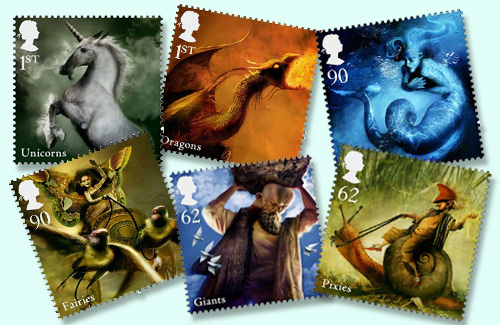
Can you imagine a world without stories? We were all born to tell and listen to them; that...
-
Young Numismatist: Time to Show You The Money
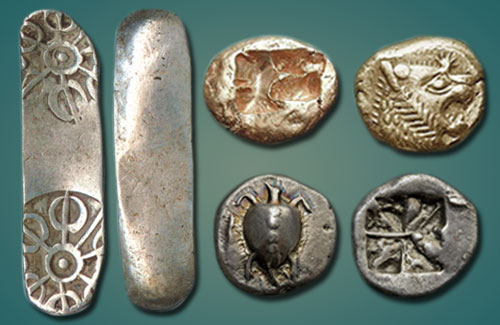
You always cribbed “Show Me the Money”. Now you get to see me in person, nice, up and ...
-
Types of Fancy Number Currency Notes
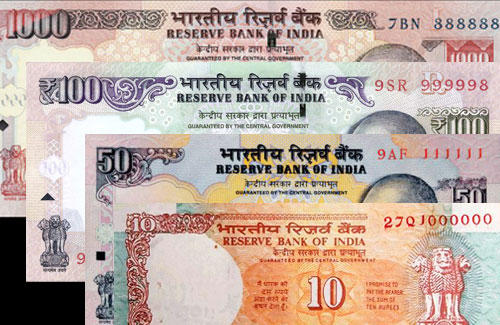
Types of Fancy Number Currency Notes Many notes come and go from your pockets and wallets...
-
Essential Tools for Every Stamp Collector

Gearing up the right way for anything that you have set your minds on always comes in hand...
-
Celebrating Buddha Purnima Through Coinage
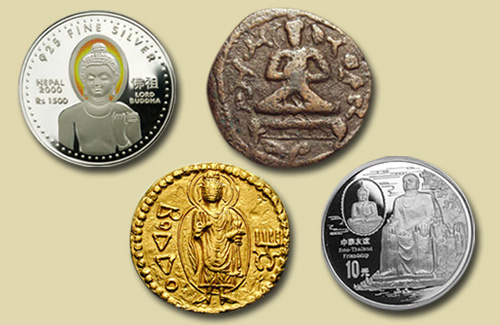
21st May will be observed as Buddha Purnima this year across the country, celebrating the ...
-
Why Can't a Country Choose to Get Richer By Printing More Paper Money?
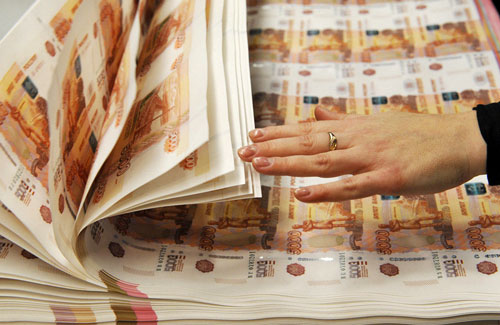
A question that many of us might have thought of, but never knew whom to ask. Today, let�...
-
Remembering Rabindranath Tagore
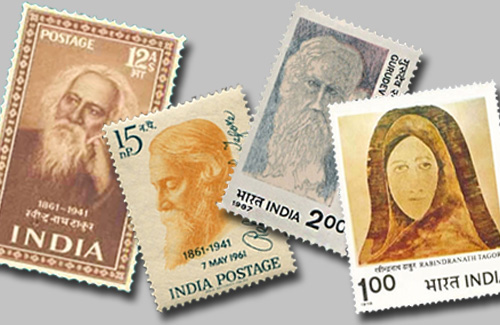
7th May 1861 was a special day in Indian history indeed. Rabindranath Tagore, one of the w...
-
CM Devendra Fadnavis Launches Mintage World

23rd April 2016 was a very special and eventful day indeed! Mintageworld.com was officiall...
-
8 Tips for Budding Stamp Collectors
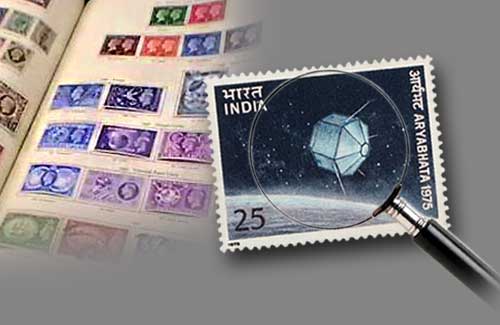
Collecting stamps is more than just a hobby for some. It’s an experience that helps you ...

